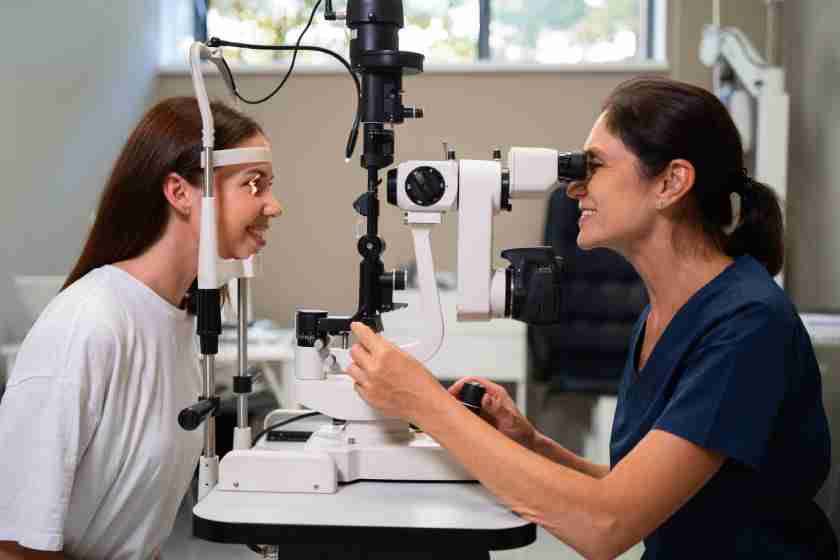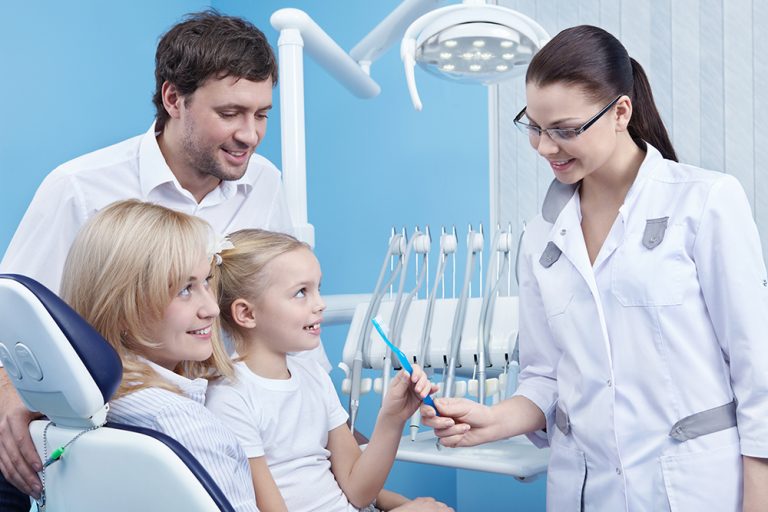
Eye exams are crucial for maintaining good vision and overall health. These exams can catch problems early, making treatment easier and more effective. Regular eye exams do more than just update prescriptions for glasses or contact lenses. They can detect serious health issues like diabetes and high blood pressure. Many eye conditions show no initial symptoms, which makes routine check-ups essential for early detection. If you’re looking for eye care in Austin, TX, you’ll find skilled professionals ready to help keep your eyes healthy. Regular visits can also help you understand how your eyes change as you age. This knowledge allows you to make informed decisions about your eye care. Investing time in regular exams can protect your vision and improve your quality of life. Routine care is more effective after treatment. Keeping your eyes healthy is part of maintaining your overall well-being.
Why Regular Eye Exams Matter
Regular eye exams play a vital role in maintaining eye health. They allow for the early detection of various eye conditions. Catching these conditions early can lead to better treatment outcomes. Some common issues that eye exams can identify include:
- Refractive errors like nearsightedness or farsightedness
- Glaucoma
- Cataracts
- Age-related macular degeneration
These conditions can progress silently without symptoms. This makes regular eye exams a proactive step in preserving vision. Additionally, eye exams can reveal signs of systemic diseases. For example, diabetes and high blood pressure can first be detected through changes in the eyes.
Recommended Frequency of Eye Exams
How often should you have an eye exam? The answer varies depending on age and risk factors. Here’s a simple guideline:
| Age Group | Frequency of Eye Exams |
| Children (6-17 years) | Every 1-2 years |
| Adults (18-60 years) | Every 2 years |
| Adults over 60 | Annually |
Individuals with risk factors such as diabetes or a family history of eye disease may need more frequent exams. Consulting with an eye care professional can help determine the right schedule for you.
What to Expect During an Eye Exam
An eye exam involves various tests to check different aspects of eye health. Here’s what usually happens:
- Visual Acuity Test: This measures how clearly you can see.
- Refraction Test: It determines your prescription for glasses or contact lenses.
- Eye Muscle Test: This checks the muscles that control eye movement.
- Glaucoma Test: It measures the pressure inside your eyes.
These tests are straightforward and painless. They give a comprehensive overview of your eye health. Regular exams like these are crucial to catch any issues early.
Eye Exams for Children
Children also benefit greatly from regular eye exams. Good vision is essential for learning and development. Eye exams can help identify vision problems that might affect school performance. According to the Centers for Disease Control and Prevention, undetected vision problems can lead to learning difficulties. Comprehensive eye exams can help catch these issues early, ensuring your child gets the support they need.
Cost and Accessibility of Eye Exams
Eye exams are generally affordable. Many health insurance plans cover them. There are also programs available to help those without insurance access eye care. Organizations often provide resources to make eye exams accessible to all.
In Austin, TX, finding eye care professionals is easy. Many clinics offer various services to meet your needs. Scheduling an eye exam is a step toward maintaining good eye health.
The Bottom Line
Regular eye exams are an important part of preventive health care. They help maintain vision and can detect other health issues early. Remember, routine care is more effective after treatment. Whether you’re young or old, scheduling regular eye exams is a wise decision. Stay proactive about your eye health to ensure you enjoy the gift of sight for years to come.




